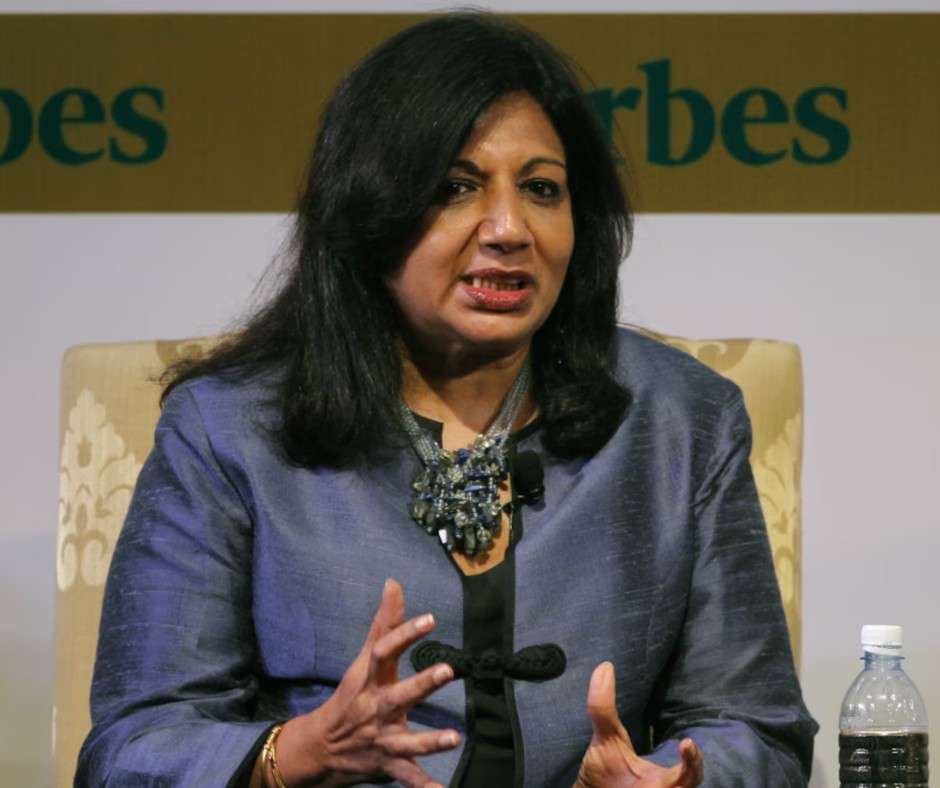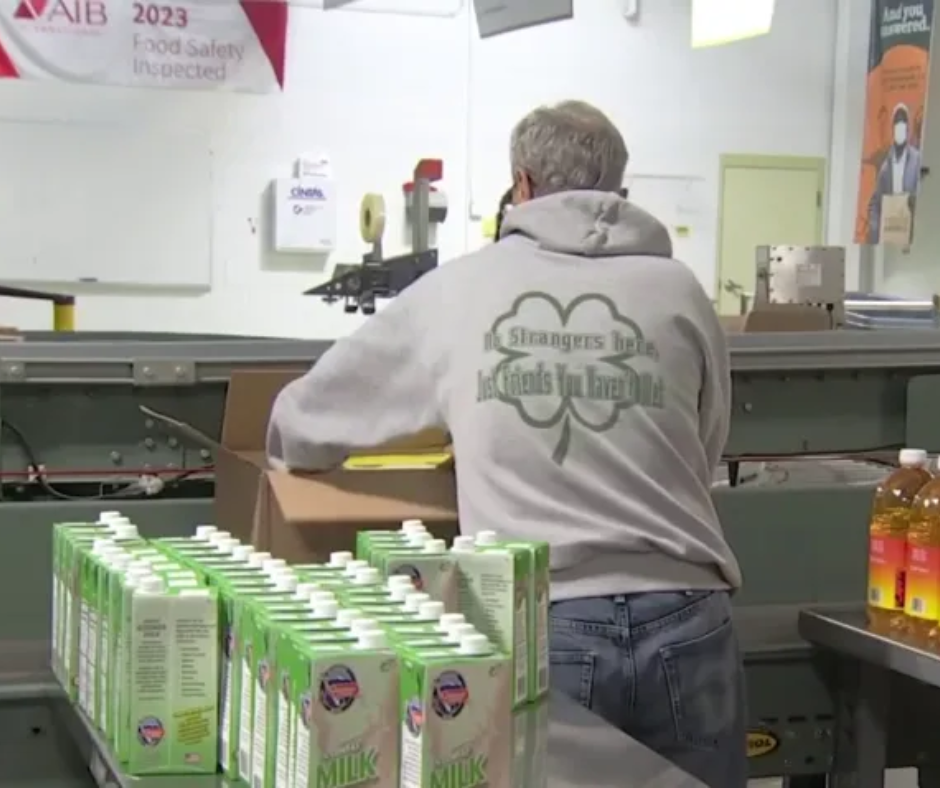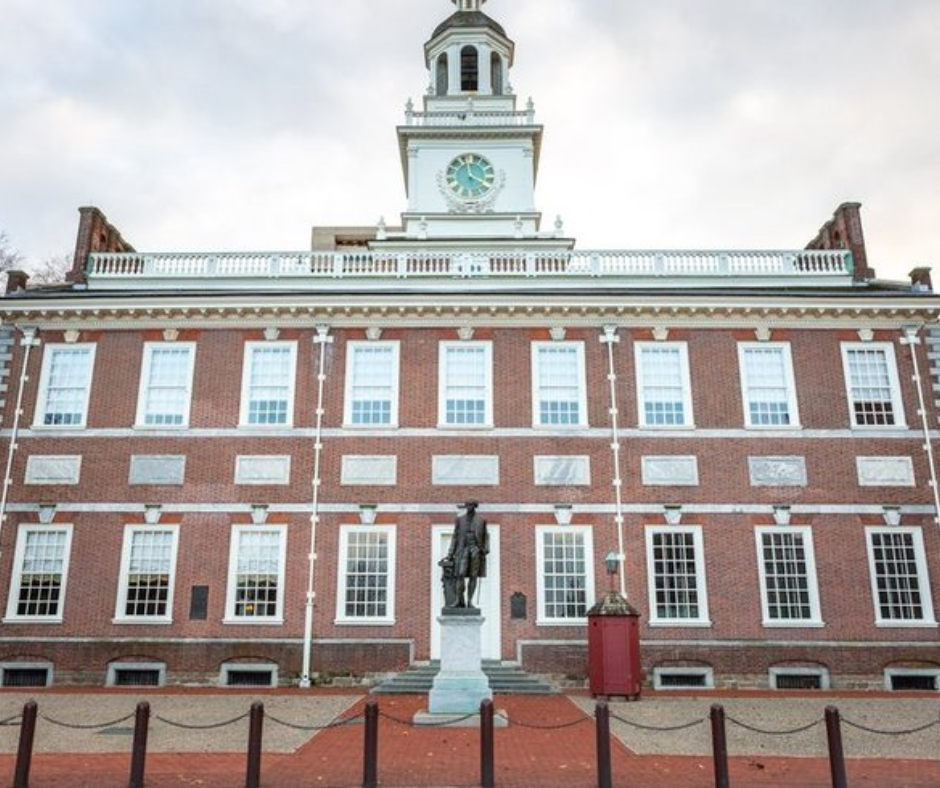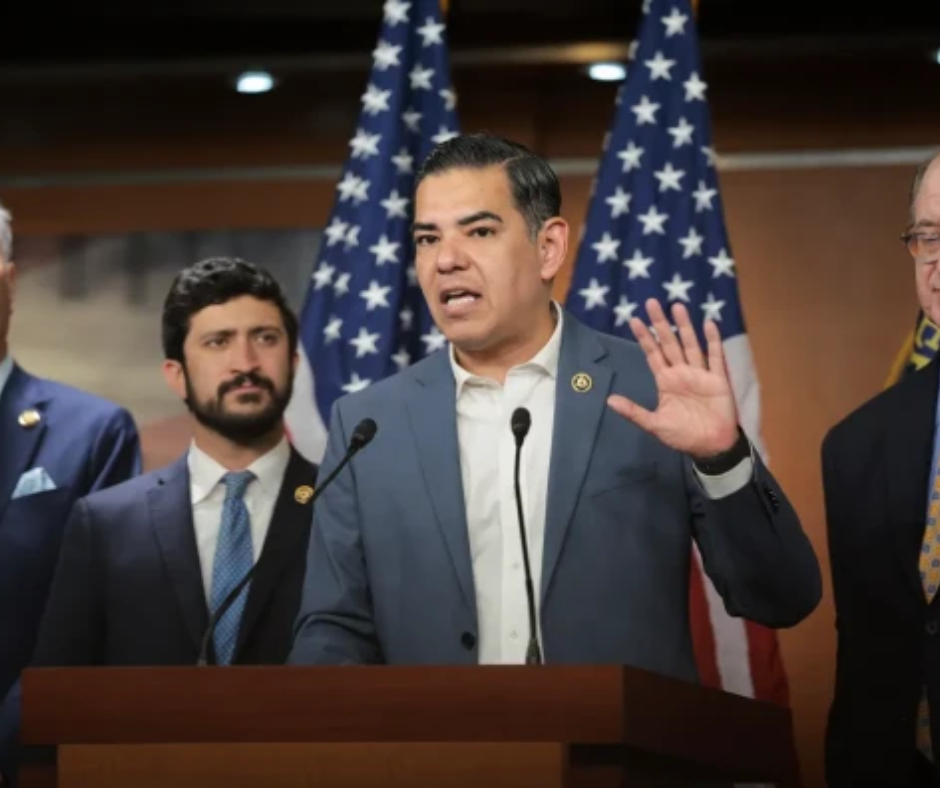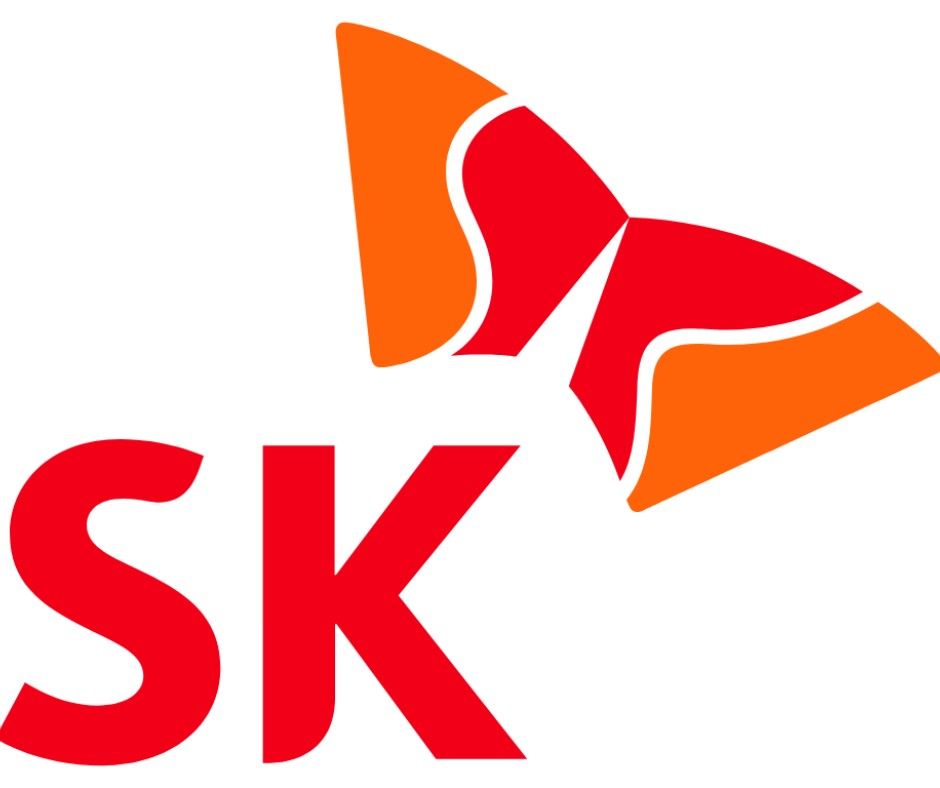
The July jobs report delivered a sobering view of the U.S. labor market, with only 73,000 jobs added—far below the 105,000 expected. Payroll gains for May and June were sharply revised downward by 258,000, leaving May at 19,000 and June at 14,000, marking the weakest performance since the nation began recovering from the COVID-19 recession in December 2020.
By late afternoon on August 1, President Donald Trump announced the firing of Erika McEntarfer, the U.S. commissioner of Labor Statistics, accusing her of manipulating employment figures for political purposes, though no evidence was provided.
In early afternoon trading, the Dow Jones Industrial Average dropped about 607 points, and the S&P 500 fell 1.5%. Over the past three months, the economy has averaged only 35,000 employment gains.
No Quick Recovery in Sight
Economists say the disappointing July jobs report is unlikely to be a temporary blip. Consumers have started limiting spending amid concerns that tariffs on imports are pushing up prices. Travel, dining, and recreational activities have slowed, and Pantheon Macroeconomics predicts employment growth will remain weak in sectors like manufacturing, retail, trucking, and warehousing.
“Sadly, employment appears set for a further summer slowdown as firms, facing renewed cost volatility from escalating trade tensions, remain focused on managing labor costs through reduced hiring, performance-based layoffs, restrained wage growth, and lower entry-level wages,” said Gregory Daco, chief economist of EY-Parthenon.
Trade Tensions Impacting Business Confidence
Executives’ confidence has weakened as tariffs squeeze profit margins. Pantheon Macroeconomics also predicts a sharper decline in business investment in the months ahead. On July 31, President Trump announced a new round of sweeping import tariffs, further straining corporate planning.
“Consumers are likely to restrain their spending further as import charges hit store shelves,” Pantheon said in a note.
Federal employment is another concern. The Labor Department has tracked 84,000 federal job losses this year, with the actual number of announced buyouts and cuts much higher. With the Supreme Court recently lifting a stay on mass federal layoffs, the decline in federal employment is expected to accelerate.
Recession Talks Return
Economists are increasingly cautious about a potential recession in 2025. Josh Bivens, chief economist at the Economic Policy Institute, said,
“To me, today’s jobs report is what entering a recession looks like. Could we pull up? Sure. But if we look back and end up dating an official recession that starts 3-6 months from now, this is what it would look like today – rapid softening in the labor market.”
Mark Zandi, chief economist at Moody’s Analytics, warned,
“A recession now appears very, very likely unless tariffs are lowered by Labor Day.”
He added that the combination of a weakening economy and a tumbling stock market might prompt the administration to reverse course on tariffs. However, if action is delayed, the ripple effects on retail prices and consumer sentiment may be irreversible.

Federal Reserve Watching Closely
Despite the tepid payroll growth, the unemployment rate edged only slightly higher to 4.2% in July, remaining historically low due in part to immigration constraints and deportations that shrank the labor force.
Fed Chair Jerome Powell noted after the July Federal Reserve meeting:
“We will focus primarily on the unemployment rate as we decide whether to lower rates in September.”
Morgan Stanley analysts suggest that weak job gains over the past three months increase the likelihood of a Fed rate cut in September. Futures markets now put the chances of a decrease at 85%, up from 45% after Powell’s July 30 remarks.
AI’s Early Impact on Job Gains
Artificial intelligence is starting to influence employment trends. Professional and business services lost 14,000 jobs in July, including roles in computer and technical fields. Staffing executives report that companies are replacing many entry-level IT workers with AI-driven solutions.
Jan Hatzius, chief economist at Goldman Sachs, said on CNBC:
“This is not the main thing driving the labor market, but we’re seeing early signs that AI is starting to affect entry-level IT hiring.”
The July jobs report signals a slowdown in the labor market that could weigh on economic growth and consumer confidence. Escalating tariffs, federal layoffs, and emerging AI adoption are combining to slow employment gains. Analysts warn that unless policy changes or stimulus measures are implemented, the U.S. could face a recession in 2025, with implications for markets, consumer spending, and business investment.
The July jobs report underscores a slowing U.S. labor market amid rising trade tensions, federal layoffs, and emerging AI disruptions. Weak payroll growth, coupled with cautious consumer spending and declining business confidence, has fueled concerns about a possible recession in 2025. Analysts warn that without timely policy adjustments or tariff relief, economic growth may remain constrained, leaving markets, workers, and businesses to navigate a period of heightened uncertainty.
Appreciating your time:
We appreciate you taking the time to read our most recent article! We appreciate your opinions and would be delighted to hear them. We value your opinions as we work hard to make improvements and deliver material that you find interesting.
Post a Comment:
In the space provided for comments below, please share your ideas, opinions, and suggestions. We can better understand your interests thanks to your input, which also guarantees that the material we offer will appeal to you. Get in Direct Contact with Us: Please use our “Contact Us” form if you would like to speak with us or if you have any special questions. We are open to questions, collaborations, and, of course, criticism. To fill out our contact form, click this link.
Stay Connected:
Don’t miss out on future updates and articles.

